There have been some new production updates, so I wanted to do a little breakdown to see how plausible the West’s claims of significant production ramp-ups really are.
We’ll start with the mainstay of the 155mm artillery rounds. The latest big announcement is that the U.S. has finally broken through their previous ceiling of ~28k rounds per month via the infamously worn-down Scranton factory. The new claimed amount: 36k shells per month, as per the latest:
This has set off joyous celebrations amid the pro-UA crowd with claims of numbers like 80-100k “by end of year”.
Older video for reference:
Unfortunately, to burst their bubble, the U.S. Army’s official projections for production ramp-up were revealed:
What can we see in the chart? The army is supposedly doing slightly better than their oldest projections from 2022, but is not anywhere even close to tracking for the most recent hopeful 2023 projections, which appear to be wishful thinking. Those projections show somewhere around ~60k per month by end of year, however the actual track appears to be headed towards a disappointing ~45k or so at most.
Two problems with that:
This is a pitiful number and at that rate would not even hit 100k a month for several years.
Even that puny ~45k would not all be earmarked for Ukraine.
As to the second point above, with Israel now reportedly beginning its Rafah operation, and many other flashpoints looming, like a potential Lebanese incursion, there is no telling how much of that ammo Ukraine could receive. Thus far the U.S. has averaged around 10k rounds a month sent to Israel, which accounts for roughly 33% of all produced.
Now, things have gotten so bad there’s rumor the U.S. is tightfisting its own supply due to shortages:
One report:
Last week, the Joe Biden administration seized a shipment of ammunition made in the United States of America for Israel.
According to some, this may be due to a domestic shortage of ammunition and the shipment of available ammunition to Ukraine.
Worst of all, a shocking image made the rounds showing that United States Army artillerymen themselves were now firing Korean rounds in training:
That means the U.S. and combined West’s 155mm situation is so bad that the U.S. doesn’t even have enough of its own rounds to conduct basic routine training for its own crews, which eats up a certain percentage of rounds per month throughout the year.
But now the latest claim being trotted out is that Germany’s Rheinmetall plans to send Ukraine “millions” of rounds:
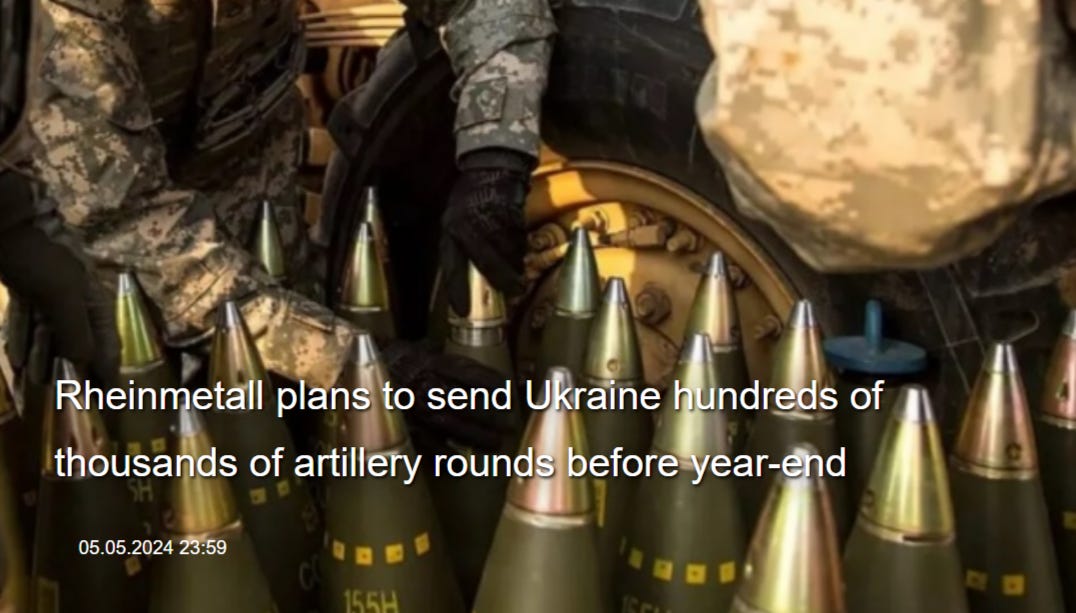
This is all cruel nonsense. It’s hard to understand why they torture Ukrainians with such lies.
But for the sake of transparency let’s list their official claims from the article above:
Before Russia’s full-scale war against Ukraine, Rheinmetall’s annual capacity stood at nearly 70,000 rounds. This year, the group expects to reach 700,000, and in the medium term aims at 1.1 million. To this end, Rheinmetall is building a plant in Unterluss. A new production line is being set up in Lithuania. In Ukraine, the company also plans to build a munitions factory.
As one can see, these numbers are contingent on a bunch of far-off wishful-thinking-floated improbabilities. Firstly, if you dig into the “new factory” they’re allegedly building in Unterluss, you find the following official spec:
In future, Werk Niedersachsen will produce artillery ammunition, explosives and rocket artillery components. The factory will eventually manufacture some 200,000 artillery shells a year, along with up to 1,900 tonnes of RDX explosive and, optionally, other components for producing ammunition charges. In addition, production of rocket engines and possibly warheads could take place here, which will be necessary for the planned German rocket artillery project, for example.
Not only is it more of a general purpose plant for various things—which could mean it will be very large and take long to build—but here it says it will max out at 200k artillery shells a year, eventually. The inclusion of that qualifier means even after its completion, it will have to slowly ramp up to a very unlikely “ideal” of 200k. We could be talking a 5-10 year projection, if not more. The previous promise of 700k and 1.1M shells a year looks ludicrous upon closer inspection.
This is a fine point one learns only through experience of many years studying the artful words of politicians; they are very clever in disguising gross exaggerations and other lies by omission.
For instance, the same article freely admits:
According to the assessment by the Rheinmetall CEO, it will take nearly a decade for the defense industry to replenish the Bundeswehr's stocks to the proper level after they have been depleted, including as a result of equipment donations to Ukraine.
Then they give the exact timeline:
The top priority for the new factory is the earliest possible start of production. Following a construction period of around twelve months – proceeding from the date of the contract – annual capacity will be 50,000 shells a year. Germany’s initial share of value added will come to 50 percent, gradually increasing in the second year of production to 80 percent and to 100 percent in the third. By this point, Germany will have a fully autarkic supply of artillery ammunition, with value added generated entirely at home.
In terms of volume, annual capacity will reach 100,000 shells in the second year of production, later rising to 200,000 a year.
Is that a joke? 100k shells by the second year? Those should be monthly numbers. Russia is said to be doing 250-350k shells a month at the minimum.
And it’s nearly insulting to even comment on Rheinmetall’s claim of building an ammo factory in Ukraine—this is nothing but childish posturing. They know full well such a factory would get a sunny visit from Iskander and his pal Kinzhal and be promptly reduced to constituent silica.
Not to mention NATO’s defense firms continue to go up in flames, with reports claiming Germany’s Diehl plant burned for days:
—
It’s the same lies over and over: just as Czechia claimed to have found 1 million rounds, only to repeal to ~100k with the promise they will find the rest ‘somewhere’ unspecified.
You see these politicoes use the same strategy of ambiguous promises to instill hope in obvious exaggerations.
Another one: hoopla ensued over Macron’s latest comments about sending a whopping “75 Caesar” SPGs to Ukraine. This sounds incredible on paper, as Caesars have proven quite formidable, arguably the single most powerful artillery gun in the entire war thus far—but very limited in number.
But when you take a look at the Caesar production capability you learn that France itself has only 40-60 of them total, depending on source. And each unit takes a whopping 30 months to build—it took them something like 8 years just to build the few dozen that they have.
Now of course that doesn’t mean they build one at a time, and the production time has allegedly been “halved” since then—they can build a few simultaneously in those months it takes, but it still means the total “75” is years away.
A trickle of a few Caesars per year is not going to do much when Ukraine is facing collapse.
The UK is in a similar quandary:
ATACMS Shoptalk
Now the latest unjustified excitement surrounds announcements that the U.S. has also “ramped up” ATACMS production to a whopping “dozens per month”.
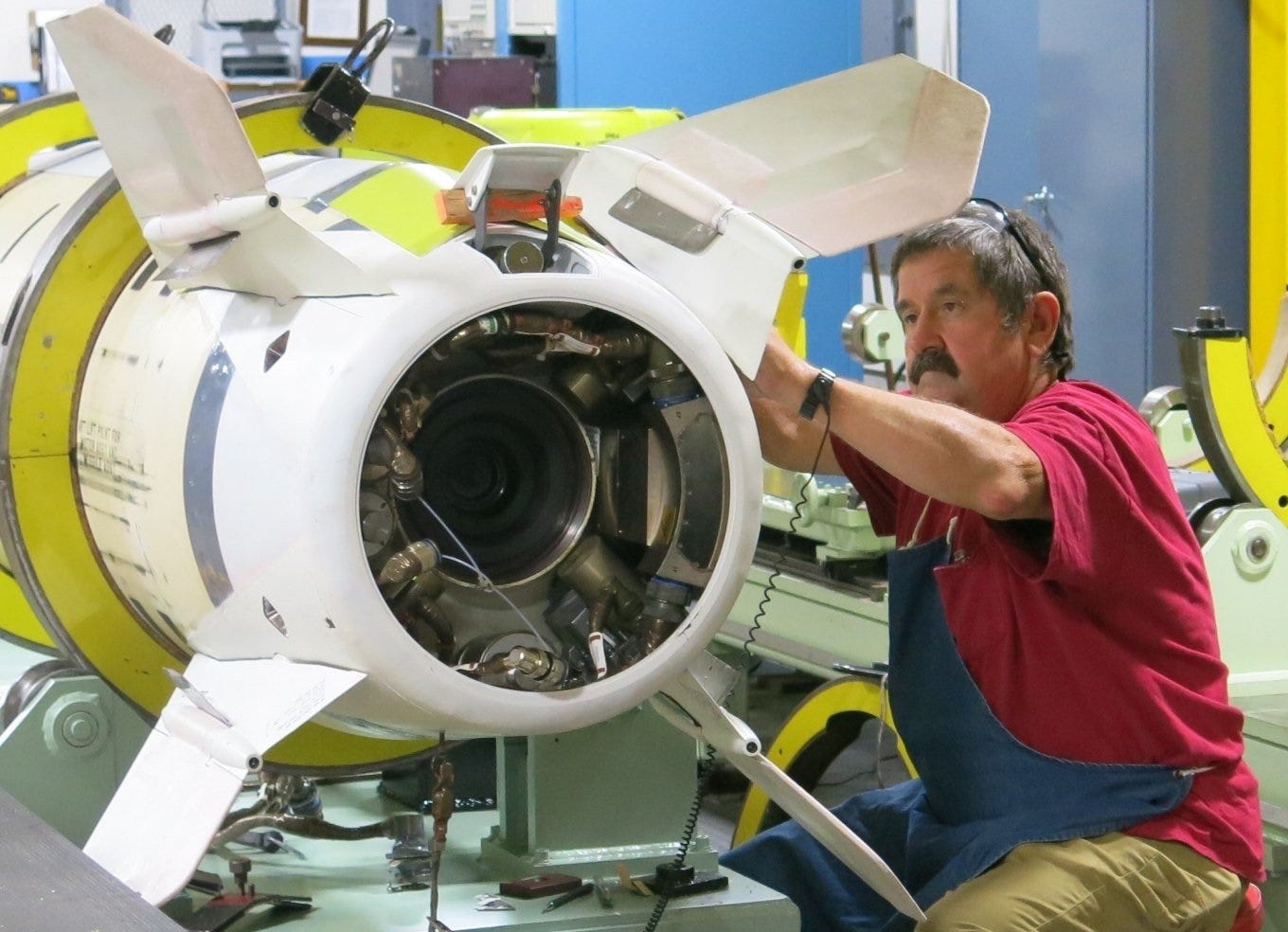
The site above gives an eye-opening breakdown of current potential ATACMS stockpiles:
But according to third-party estimates, Lockheed Martin had produced a total of 4,000 missiles, some 600 of which were spent during hostilities and exercises. However, saying there are 3,400 left would be too hasty.
Estimating the real number based on public data is actually quite possible. Here, for example, the information on the current stock of missiles as of April 2007 is not a secret. According to the fact sheet, about 2100 missiles in various versions were stored in the arsenals of the U.S. Army at the time.
They go on to calculate that the U.S. was only producing give or take 100 missiles per year or less; for instance:
Yet, we must pay extra careful attention to the 2020 deadline because that year, Lockheed Martin announced that it had received an order worth $426 million for the production of 400+ missiles by March 31, 2023. Most likely, the figure encompassed both the brand-new and processed old missiles, let's tentatively assume 50/50.
So in 2020, Lockheed signed a deal to produce ~400 missiles by 2023, yet this likely only 50% new missiles with 50% refurbs. Taking both into account that puts their fastest pace at something like 130 missiles a year, give or take, which is about 11 missiles a month.
Given that they claim to have “ramped up”, and that we know from their 155mm production “ramping” is likely a very gradual and not altogether dramatic process, the “dozens” now produced per month can probably refer to at most 2 or 3 dozen. That’s because without building a totally new facility, all you can count on is adding another shift to your factory, or two extra shifts max for 3 x 8 hour shifts. Then calculate some efficiency loss into that from multiple concurrent production lines: you can get 11 x 2 or 11 x 3 = 22 / 33, subtracted from efficiency loss, and we get 20-25 missiles max per month—and most likely not even that.
The article above reaches a similar conclusion, though they do so more subtly.
Can that number of missiles make a major difference in the war? Let’s say it gives Ukraine the ability to fire ~20-25 ATACMs per month, then factor into that an interception/failure/jamming rate of anywhere between 25-75% for argument’s sake. That means Ukraine can expect to maybe land half a dozen hits per month somewhere, not exactly game changing.
By the way, Ukraine’s own “latest figures” for Russia’s missile numbers—though they should be taken with a huge grain of salt, but at least it’s worth looking at:
One thing it does semi-accurately convey, which is seen in the ATACMS production as well, is that most leading nations can really only produce 10-20 of these high end missiles maximum per month. Russia’s advantage is that it has many different types of missile systems which are produced independently by various corporations like Novator Design, Raduga, NPO Mash, Zvezda Strela, JSC Tactical Missiles Corp, etc.
Even if the above list is semi-accurate, it’s missing many other missile types being actively produced, like Iskander-M and K, Kh-101, Kh-59, Kh-35 fired from Bal launchers, etc. And that doesn’t even begin to address the glide-bombs which perform a similar, albeit more frontline-tactical, role:
By the way, the above clearly contradicts the earlier list which amounted to only ~50 Russian missiles produced per month. If Russia is hitting Ukraine with 300+ missiles per month then that’s likely a bigger indicator of their monthly production, though that may include the dozen or more tactical frontline missiles like LMURS, Kh-36/38, etc., which only have ranges around 15-50km or so.
That being said, I believe Ukraine received an initial lump sum of ~100 ATACMs which will allow a higher tempo of launches for the immediate future and then will likely taper off to their much lower monthly allowance represented in the production figures above.
In a new article, Ukrainian officer Ivan Stupak told Newsweek that Ukraine only has a short window to use these missiles as the Russians adapt very quickly and will neutralize them in a matter of months, as they now famously did the GLSDBs, JDAM-ERs, Excaliburs, and to a large extent HIMARS—though the latter missiles are still occasionally used to success to snipe lone targets, but are never able to hit well-protected C2 nodes or industrial centers of any kind.
“Russians are able to adapt in a very short period of time, so we have up to two months before the Russian Armed Forces adapt to ATACMS, says Ivan Stupak, a former officer in the Security Service of Ukraine & now an adviser to the Ukrainian parliament's national security, defense and intelligence committee.
Russia will adapt to counter ATACMS operational-tactical missiles in a couple of months, said Ivan Stupak, adviser to the Ukrainian Verkhovna Rada Committee on National Security.
“As we know, the Russians can adapt in a very short period of time,” Stupak told Newsweek, suggesting that Ukraine “has up to two months” before the Russian military adapts to ATACMS.
Just a month or two ago, Russian missile forces had stated they were already on the job of figuring things out:
According to one of the commanders of the air defense of the Armed Forces of the Russian Federation, they are learning to shoot down "ATACMS".
I.e. Creation of countermeasures, operational algorithms, study of trajectories, maneuvering and flight speed, monitoring of practical launches.
The crews of the air defense systems of the Armed Forces of the Russian Federation have already received the first information about the missiles.
That being said, I’m not yet as positive as some of my colleagues about Russia’s abilities to defend against the ATACMS so far. They have not yet proven the ability to consistently shoot down the missiles. There have been multiple recent reports of strikes which the Russian side has claimed to have totally repelled, yet satellite BDAs afterwards showed that Russian airfields were in fact hit, like the recent case of Dzhankoi field in Crimea:
However, in the above case, neither side was fully truthful. It appeared the ATACMs did strike the airfield but did not actually destroy any S-300/400s like Ukraine claimed. Yes, the satellite photos days prior showed an AD battery present there, but the post-strike BDA clearly shows impacts in the ground, i.e. dirt gouges rather than destroyed missile TELs or radars—though there may be some equipment there, it’s hard to tell for certain. Also, it’s possible Russia did shoot down the missile(s) very late which caused them to still unleash the cluster munitions haphazardly over the field—but this is still problematic for a reason I’ll delve into after.
Also, there’s this—albeit from the UA side and unverified:
My guess is that Russia knew the strike was inbound and moved the systems out of the way before hand. Why move them rather than shooting down the missiles? Because you do both: you move them first to ensure they aren’t in the strike envelope, then you can still attempt to shoot the missiles down from your new position. You see, as impressive as Ukraine’s NATO-fed signals ISR capabilities are, they operate on a fairly long delay. Often the SIGINT assets like British RC-135 Rivet Joints or U.S. RQ-4s fly the night before the attack, or at least hours prior, gaining intelligence on the location of Russian systems. The coordinates are fed to Ukrainian missiles to fire, but if those assets move afterwards, the missiles have no way of re-targeting them. In short, Ukraine’s intelligence is usually about 4-24 hours old—not realtime. The same goes for satellite recon which is not exactly omnipresent.
So Ukraine would launch missiles at the site hoping Russian AD assets remain, but Russia can readily relocate them to a different position nearby and still be ready to try and take down the ATACMs. However, given that the missiles did provably impact the airfield, it means Russia has not yet mastered consistently taking them out. That being said, if a saturation attack of 10-12 like RYBAR and others claim was used, then Russia may have shot down 70-85% percent, leaving one or two missiles to impact, which does appear likely given the few pock marks seen, particularly since the missiles use cluster munitions.
Furthermore, unlike cruise missiles which fly low beneath radar nets and thus at least give Russian AD the excuse of not being able to detect them at great distance, ATACMS fly a high ballistic arc that should be in full view of Russia’s most powerful S-300V/400 radars.
Here’s the problem:
You see how the ATACMS has to overfly a ton of Russian AD nets just to get to Dzhankoi and other bases? There is no in-built excuse for flying ‘under’ the radar. The ATACMS is dozens of kilometers high in the sky, at precisely the ballistic range Russian systems are supposed to be able to easily track and shoot down. In theory, the ATACMS should be engaged somewhere over Kherson region long before it even arrives in Crimea, at the midcourse rather than terminal stage. The fact that they’re waiting until terminal is a bad sign which could point to Russian inability to properly track the missiles, which may be simply a training issue rather than mechanical/technical shortcoming of the systems themselves.
One analyst actually covered Russia’s BMD (Ballistic Missile Defense) capabilities:
First - the shooters. Presently the most common BMD capable systems would be (a) S-300PM/S-400 and Buk-M2/M3. After those there is (b) the S-300V3/4. There are also new generation systems in limited service (c) - S-350 and S-500.
The challenge (a) category has is the BMD search capability. Buk, even current mods, has very limited BMD performance, S-400 can do better, ie with its battle management radar, but even it is rather underwhelming. Otherwise, despite limited protected area, it works.
So the challenge is, as often is in case of BMD, in sensors and C3. While it is possible to integrate different SAM systems, ie have an S-300V4 unit support several S-400 units with it’s BMD radar, common legacy C3 systems have long cycles, ie ~10s for Pyramid.
You can read the rest of the thread for more details, but in essence what he’s saying is that utilizing a hybrid of older/newer systems, Russian C3 (Command, Control, & Communications) infrastructure for the air defense net is not as integrated as one would like and thus may be struggling against the ATACMS.
Of course, this is just one person’s opinion. It’s difficult to know how true it is precisely, but we do know from all the recent friendly fire incidents concerning the Russian A-50s or Il-76, that there is some kind of problem there. Whatever it was that was shot down months ago, we not only have footage of the downed craft wreckage, but one video of Russian missile systems literally engaging the landing Il-76/A-50 near Krasnodar. So we do know there are major problems with IFF and possibly C3, as the above thread professes.
Furthermore, we do know ATACMS has been at least partly successful in many of its previously notable attempts, like the attack on the Berdiansk helicopter airfield. Sure, they may not have destroyed all those Ka-52s/Mi-28s as they claimed, but the missiles got through and we have footage of burning Mi-8s at the minimum.
Just on May 4th there was another claimed ATACMS hit on a Russian Iskander system. Again, the BDA shows damage to a small field but the actual destruction of any asset is inconclusive and questionable. But the point is, the missile still got through to something.
Two days prior to that, ATACMS successfully hit a Russian troop concentration near the Lugansk/Russian border, again overflying a vast amount of Russian AD coverage which proves they’re not yet able to consistently track or engage the missile.
And as of this writing, a suspected ATACMS strike has hit a oil refinery in Lugansk tonight:
Now keep in mind:
Ukraine is still very selectively utilizing the missiles in areas with low coverage. If the ATACMS were actually capable of penetrating the densest layered regions, then we’d see everything in Sevastopol and many other places go up in smoke. So I’m not saying this is a critical problem, but rather shows that Russia’s AD is able to be penetrated in certain places.
Allegedly, Russia is taking note of this and acting accordingly, because latest reports claim that with the arrival of more ATACMS, particularly the newer longer range ones, Russia has begun pulling back certain assets to farther airfields.
The overall strength of enemy aviation units deployed directly at forward airbases has decreased from 303-305 units of combat and special aviation to 280-283 units.
Four Su-30SM fighters and four Su-25 attack aircraft have been moved from Eisk to Privolzhsky, Armavir airbases. Eight Su-25 attack aircraft from Taganrog are now at Budenovsk. Four MiG-31BM fighters from Primorsko-Akhtarsk have been redeployed to Privolzhsky. Two Su-35 fighters from Tikhoretsk are now stationed at Akhtubinsk. Five Su-30SM fighters from Krymsk are relocated to Privolzhsky. Four Su-25 attack aircraft from Millerovo are transferred to Budennovsk. Five Su-30SM fighters and five Su-24M bombers from Saki are now at Eisk. Two Su-35 fighters from Baltimore (Voronezh) are relocated to Lipetsk. After a missile strike by the Ukrainian Defense Forces on Kushchevskaya, up to seven Su-35 fighters from Akhtubinsk are moved. Overall, during the day 43 aircraft of various types were withdrawn from the area targeted by the Ukrainian Defense Forces
But again—remember what the Ukrainian officer said in the earlier article, they themselves believe they only possess a window of a couple months before Russia fully adapts, and I believe that will likely be the case.
It takes a while because first the ATACMS has to be “profiled” in action by some frontline AD systems, which may initially struggle with it. Then engineers study the telemetry and create a custom ‘profile’ that can be downloaded into all capable frontline units, which will enable the systems to far more accurately track the ATACMS’ unique flight characteristics. This ‘systems upgrade’ process can take a few months.
Also, recall that no country in the world has yet demonstrated a consistent ability to intercept ballistic missiles in a live war setting—as opposed to highly controlled test/exercises. Not only have NATO’s most advanced AD systems all failed to stop Russian Iskanders in strikes on Kiev, Kharkov, and everywhere in between, but we recently watched Iran’s ballistics totally humiliate the combined Israeli/NATO defenses. In fact, Israel just revealed that the U.S. systems in particular were a total flop and announced they’ll be mothballing their Patriot missiles due to their uselessness:
The only reason I’m wasting so much digital breath on it is because many expect a large ATACMS strike on the Kerch Bridge very soon. In fact, some expected it today, to spoil Putin’s inauguration, with May 9th Victory Day being the other critical window.
❗️Destroying the Crimean Bridge on the eve of May 9 is the idea of the West, (https://www.politnavigator.net/razrushit-krymskijj-most-nakanune-9-maya-ideya-zapada-azerbajjdzhanskijj-analitik.html)- Azerbaijani analyst.
Strikes on the Crimean Bridge do not have any practical significance, and are a stupid waste of scarce resources for Ukraine rockets. Azerbaijani military expert Agil Rustamzade stated this on the air of the Direct TV channel, the PolitNavigator correspondent reports.
Recent headlines trumpeted what we’ve long known—that Russia no longer even uses the Kerch for military transport, and now has a whole network of newly built road and railways overland to Crimea:
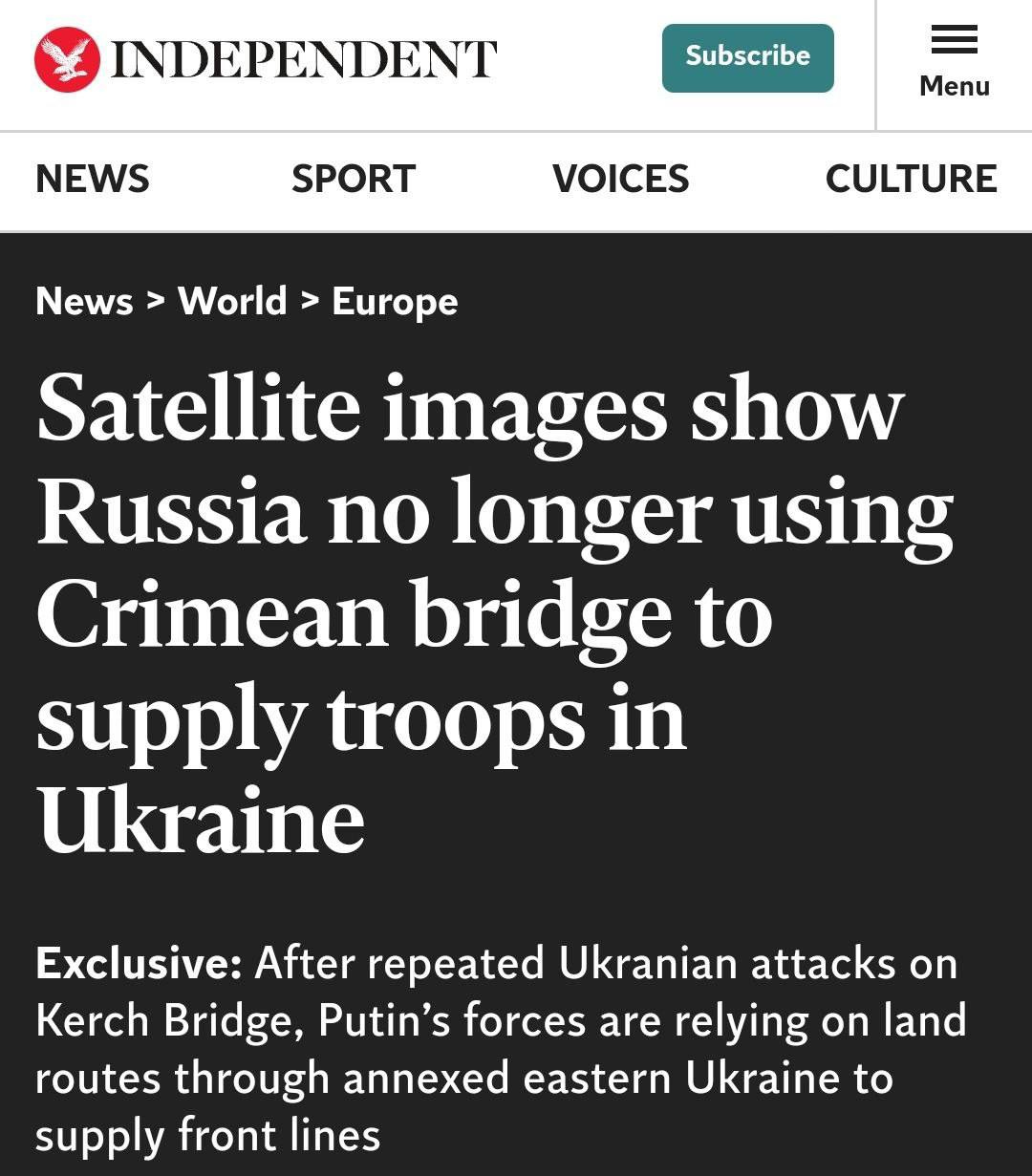
But should Ukraine attempt to strike the Kerch with ATACMS, I don’t think they’ll have much success apart from damaging some of the flattop at most, which would need to be repaved, or maybe even dropping a span segment or two, but it doesn’t have the accuracy to hit the actual supports, which are the key bridge anchors. Numerous missiles would have to hit the same exact support to ensure destruction, and there’s very low chance of that in a highly AD/EW contested environment. The reason is: the ATACMS uses exclusively GPS/INS, which means it’s screwed in a jammed environment, while missiles like Storm Shadows have advanced TERCOM/DSMAC (Digital Scene Matching Area Correlation) that allows an onboard camera to match the target to pre-stored satellite photos when GPS fails.
Recall, in the secret audio, the German generals estimated needing 20-40 Taurus missiles for the job.
And by the way, the ATACMS with the unitary warhead (rather than cluster munitions) has a relatively small 214kg warhead—this is half the size of even a Storm Shadow warhead, and 1/4 the size of the largest Iskander warhead variants. And recall, Storm Shadows hit the Crimean Chongar Bridge:
The Kerch is much larger, wider, and sturdier than the tiny Chongar local civil bridge. You do the math. The ATACMS’ real threat is the cluster munition variant, which can cover a wide field and destroy a lot of soft targets. But this is completely useless against hardened targets like bridges, to which it would do no damage. The ATACMS unitary warhead variant is not very impressive.
In conclusion: I remain unconvinced Ukraine can effectively do anything to the Kerch with ATACMS. Secondly, as time goes by the ATACMS will likely get increasingly ineffective as Russia adapts its systems and tactics to it, and AD operators master its signatures.
To summarize the mood: ATACMS and all the other aid won’t save Ukraine, but rather “a whole new army” is what will do the trick. And even then, the best case scenario is to “force Moscow to negotiate”—goodbye to 1991 and 2022 dreams.
—
In closing, here is the full speech by Vladimir Putin at his inauguration today:
Or the English transcript version: http://en.kremlin.ru/events/president/news/73981
As most speeches go, it was a bit boilerplate. However, one key aspect was the focus on economic and societal development, the all-important stability of the people under the shadow of war. A few weeks back there was another key interview Putin gave where he gave a small answer that flew under the radar, but which was extremely revealing as to his general strategic outlook for the SMO.
In essence, he expressed that the most important goal is to maintain societal stability and economic development. While it may sound self-evident or obvious, it was one of the few times he expressly enunciated it in such a way in relation to the goals of the SMO. In other words—as I understood it—he was basically saying: societal stability and development is supreme, and the SMO is subordinate to that.
This answers the big question many have had on their minds since the beginning: why the slow-walking of the conflict, why no “total war” declaration, forced conscriptions, massive provocations and escalations against NATO (like shooting down their craft in the Black Sea, etc). This is why: Putin believes the most important virtue by far is shielding society from the effects of the SMO, and keeping the SMO on a sort of parallel but insulated track. We may not agree with that view, but that’s what it is. But know that this view can only really be born of the knowledge that the goals of the SMO are achievable by way of this ‘low intensity’ conflict management. If Putin’s internal metrics told him otherwise, then he would likely have no choice but to institute a WWII-style total war economy.
So far, though, it’s working.
Your support is invaluable. If you enjoyed the read, I would greatly appreciate if you subscribed to a monthly/yearly pledge to support my work, so that I may continue providing you with detailed, incisive reports like this one.
Alternatively, you can tip here: Tip Jar





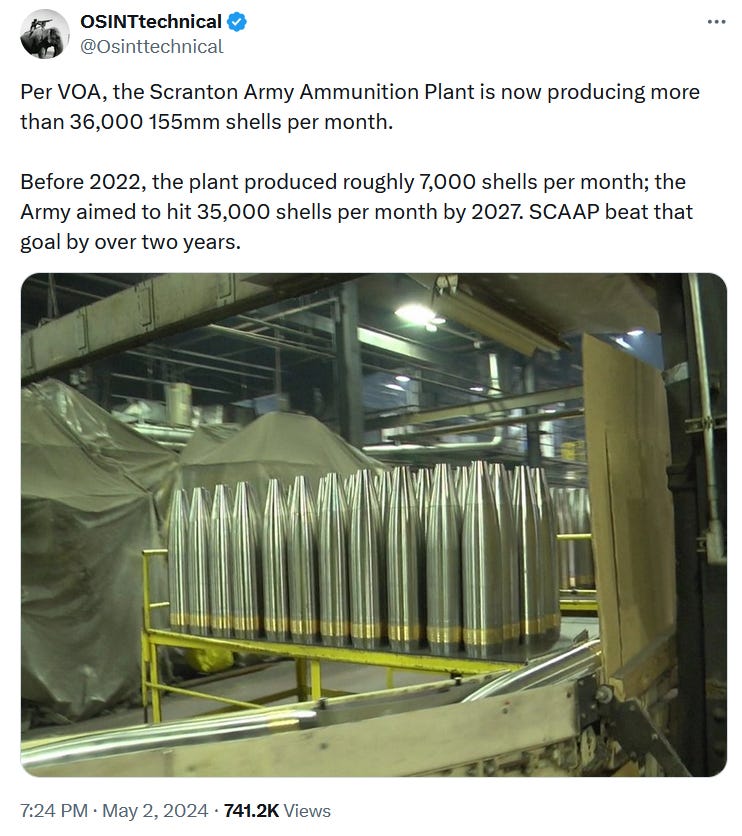
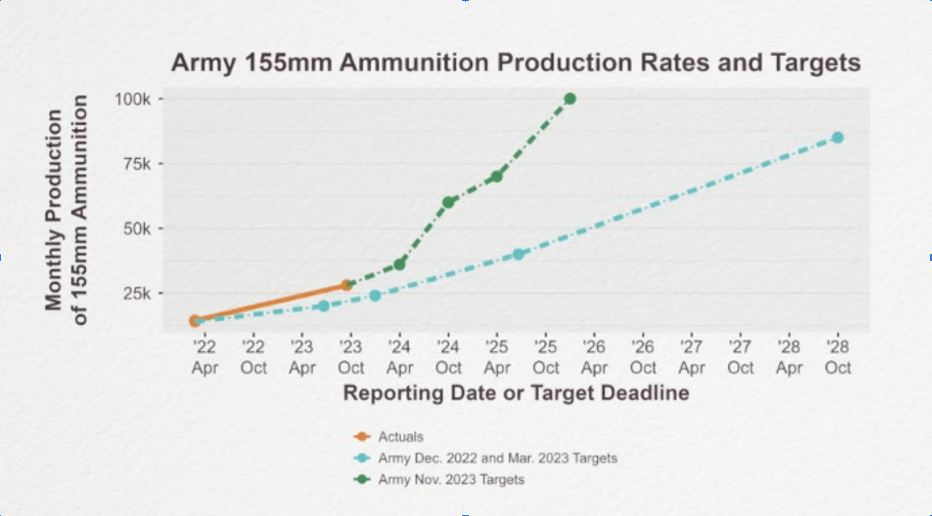
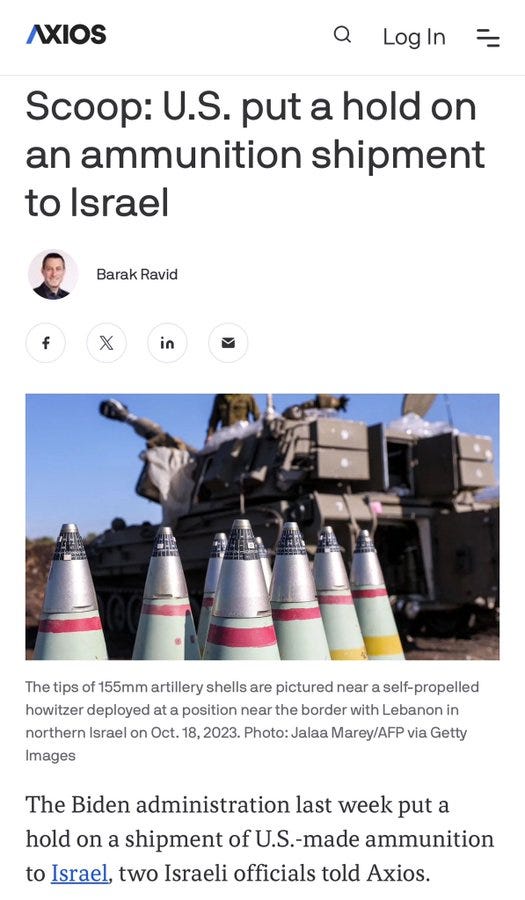
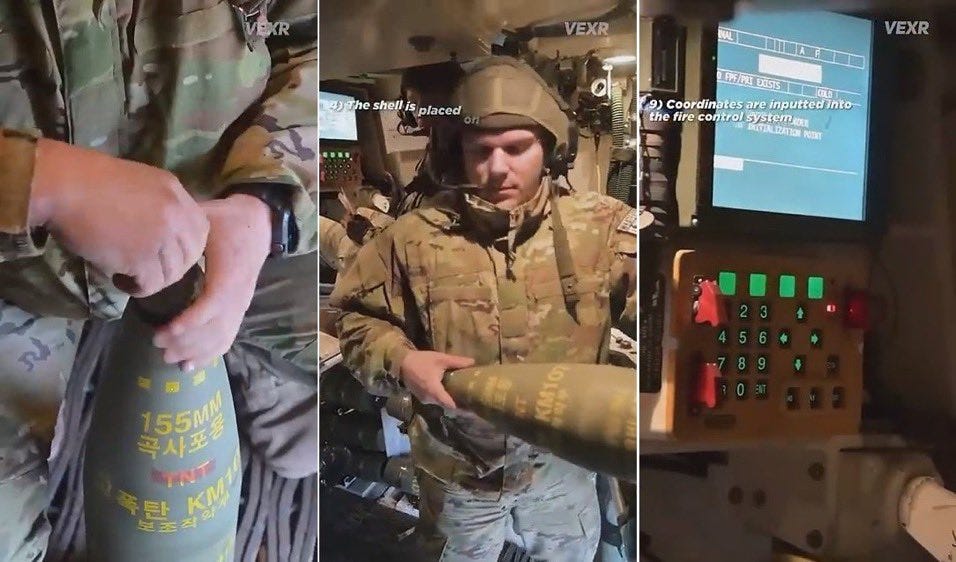
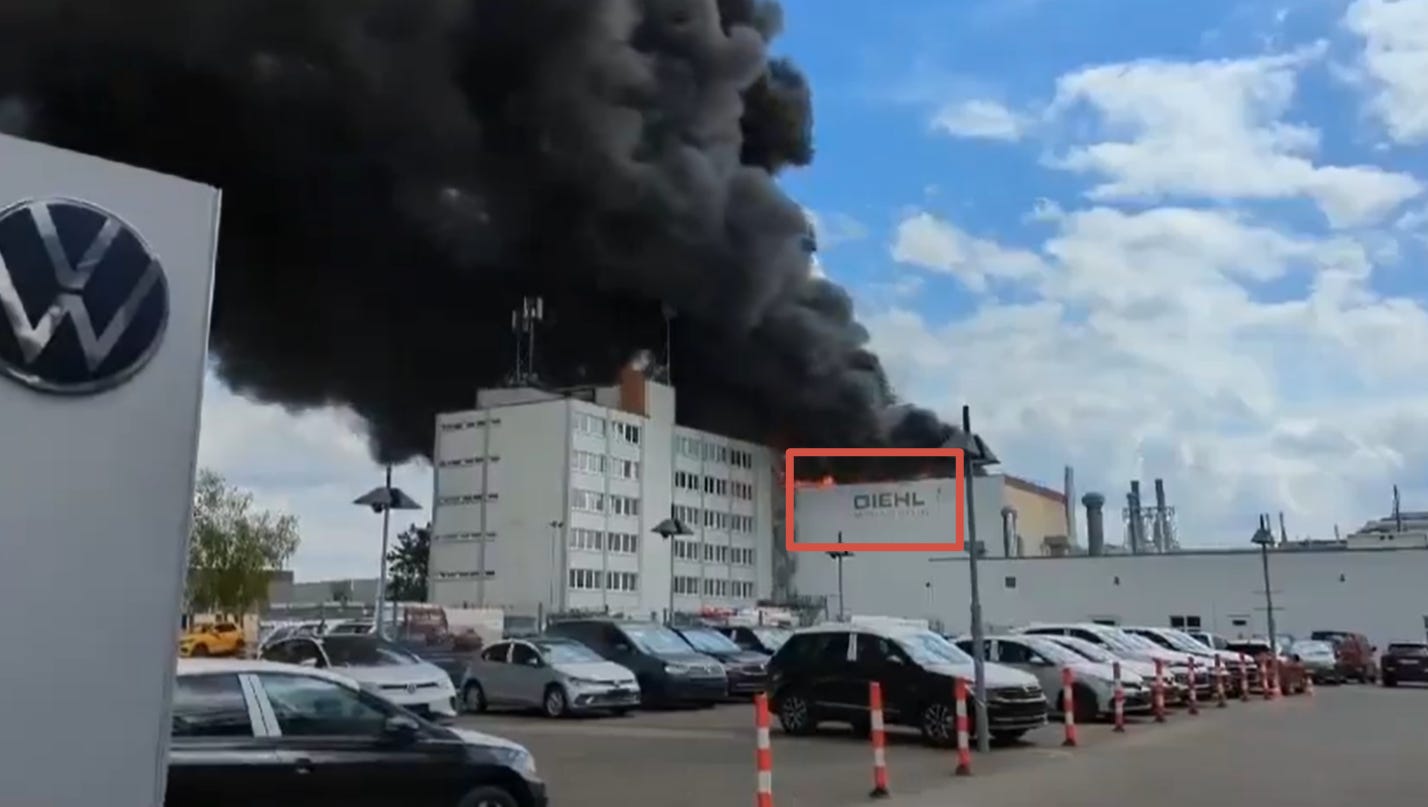
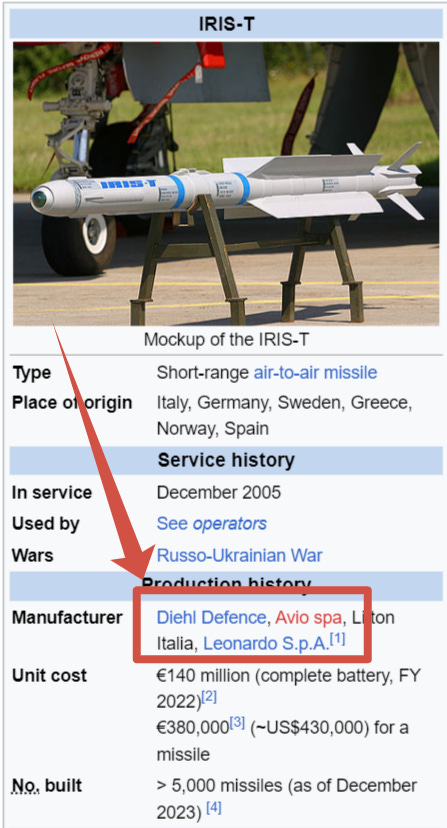
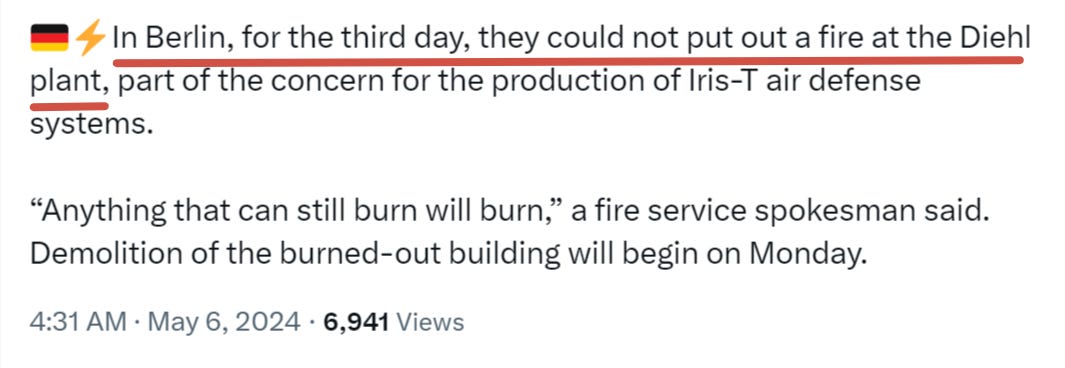
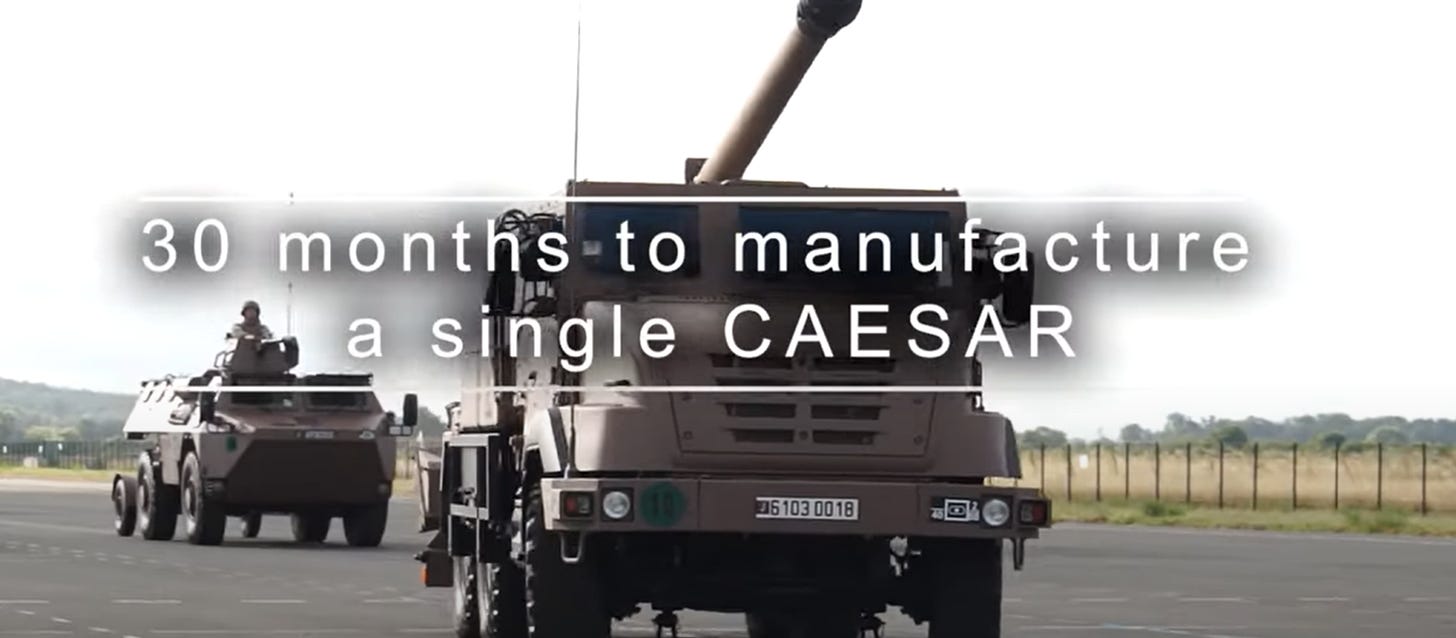
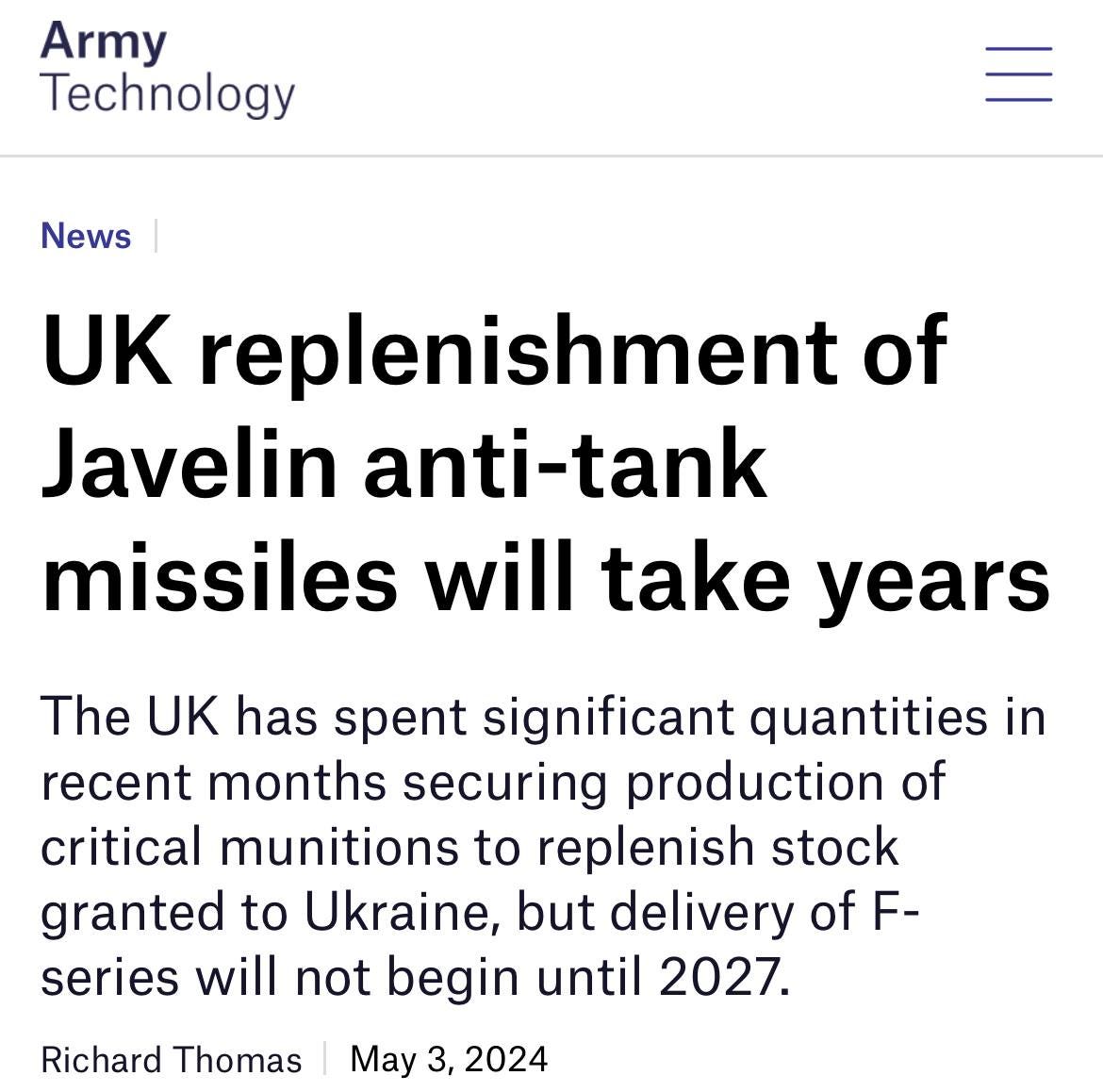
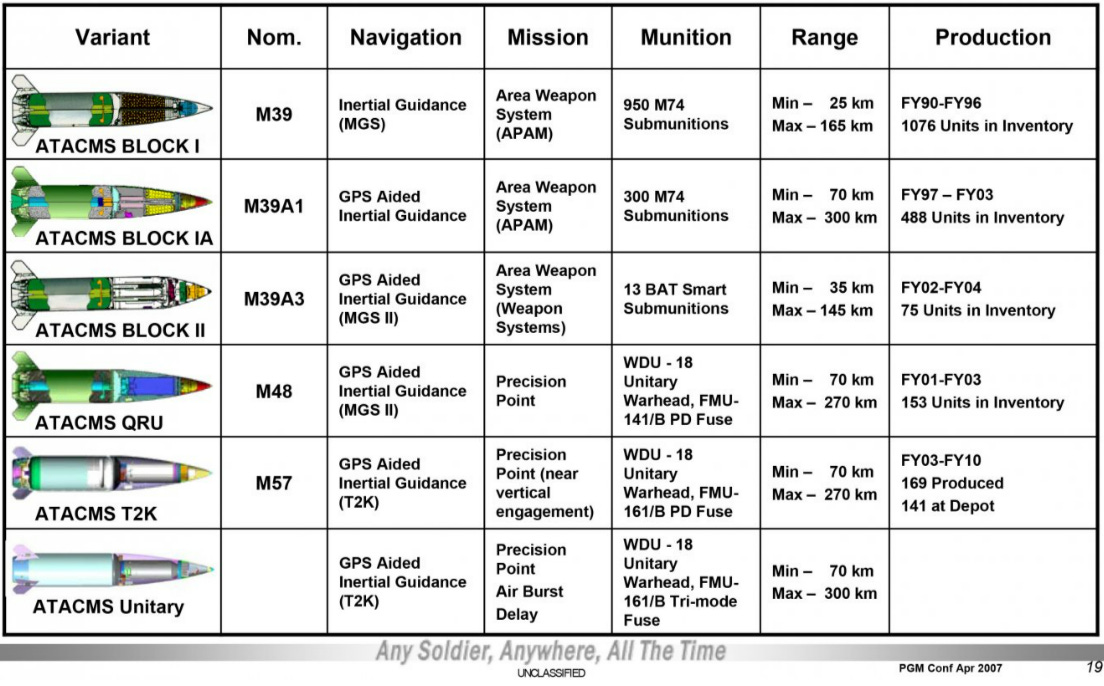
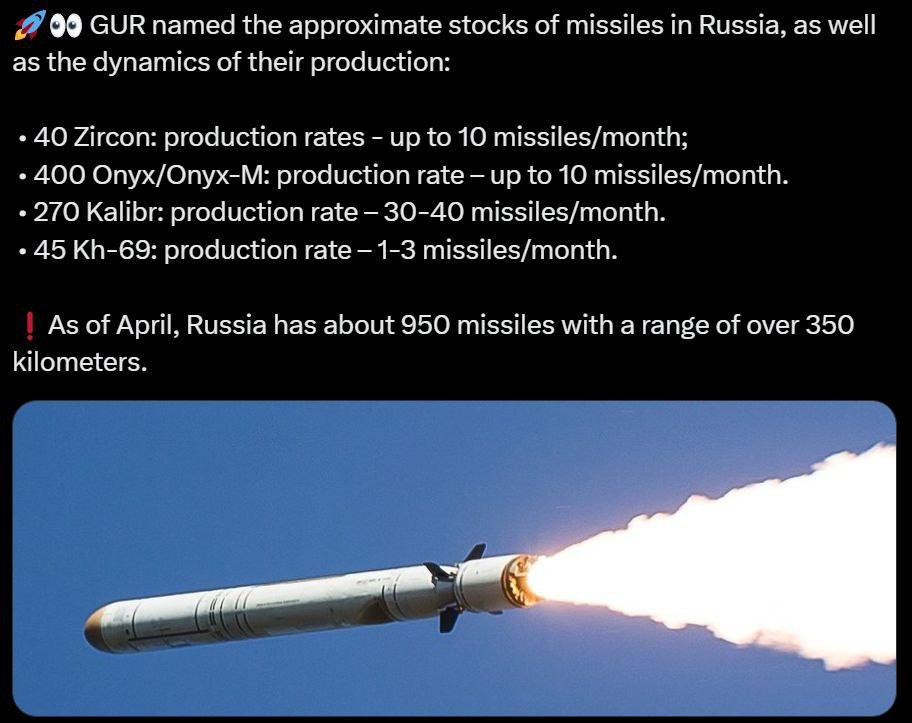
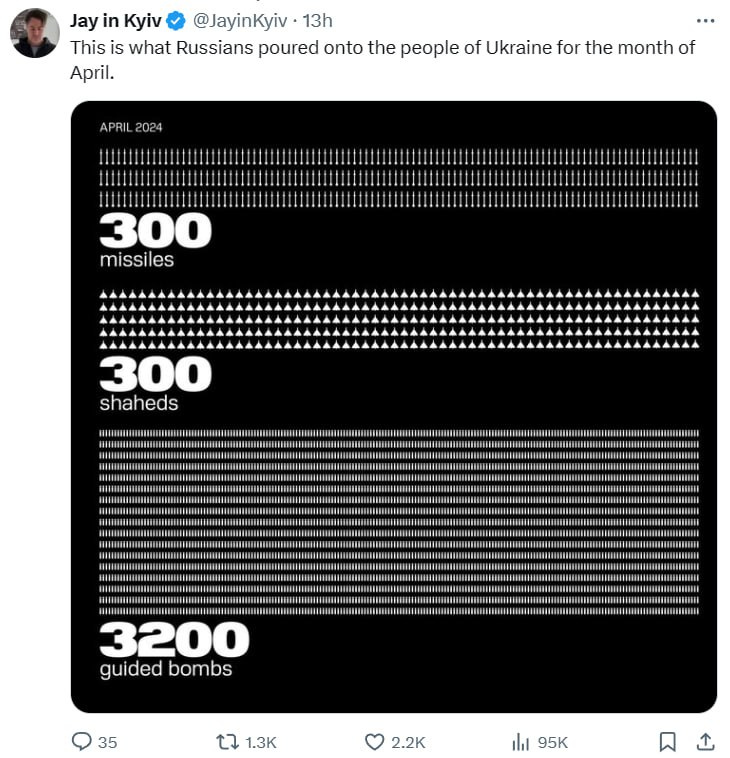
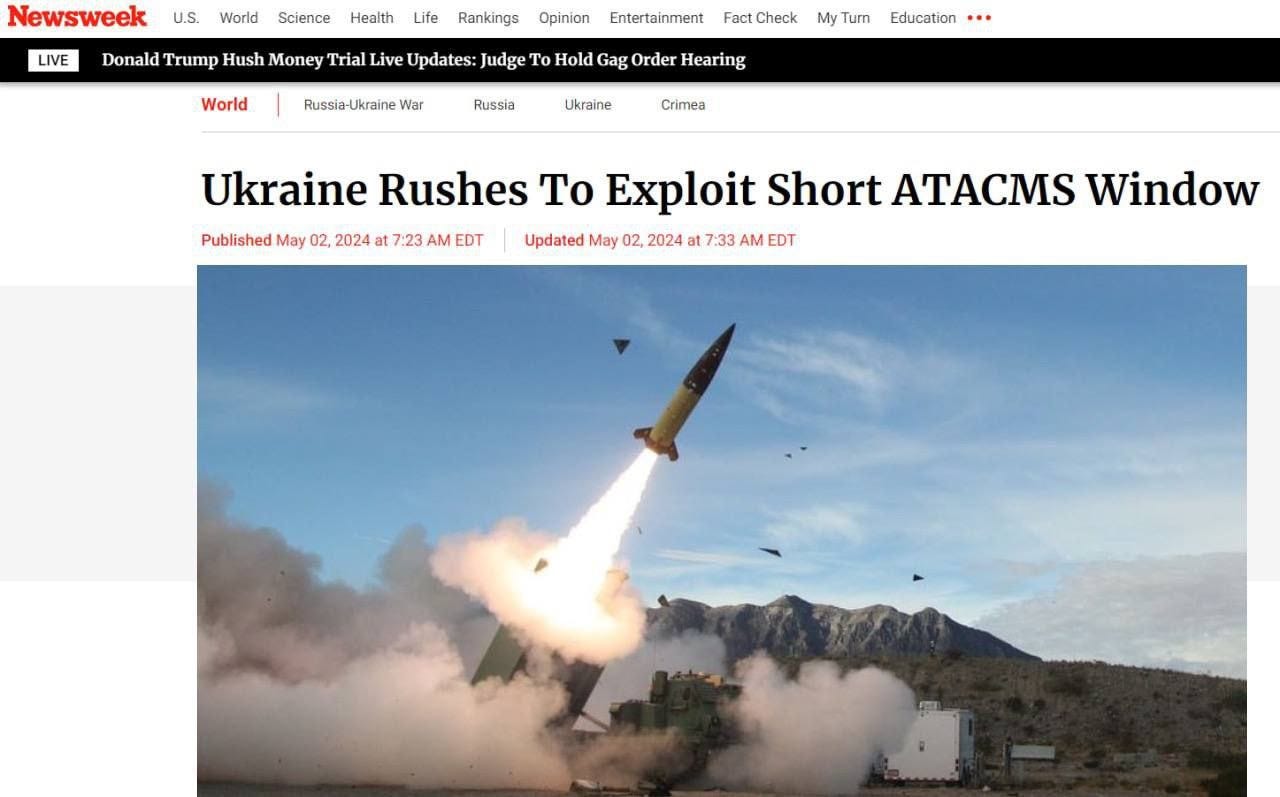
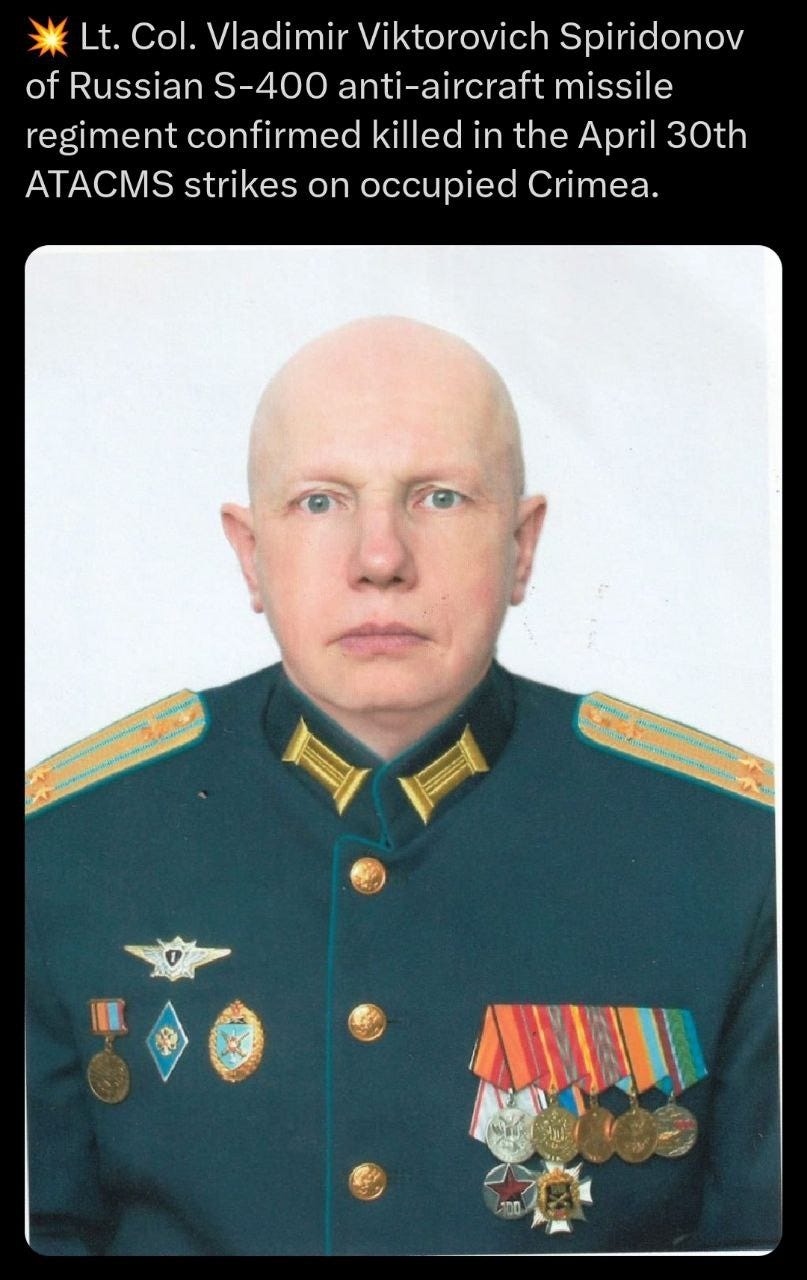
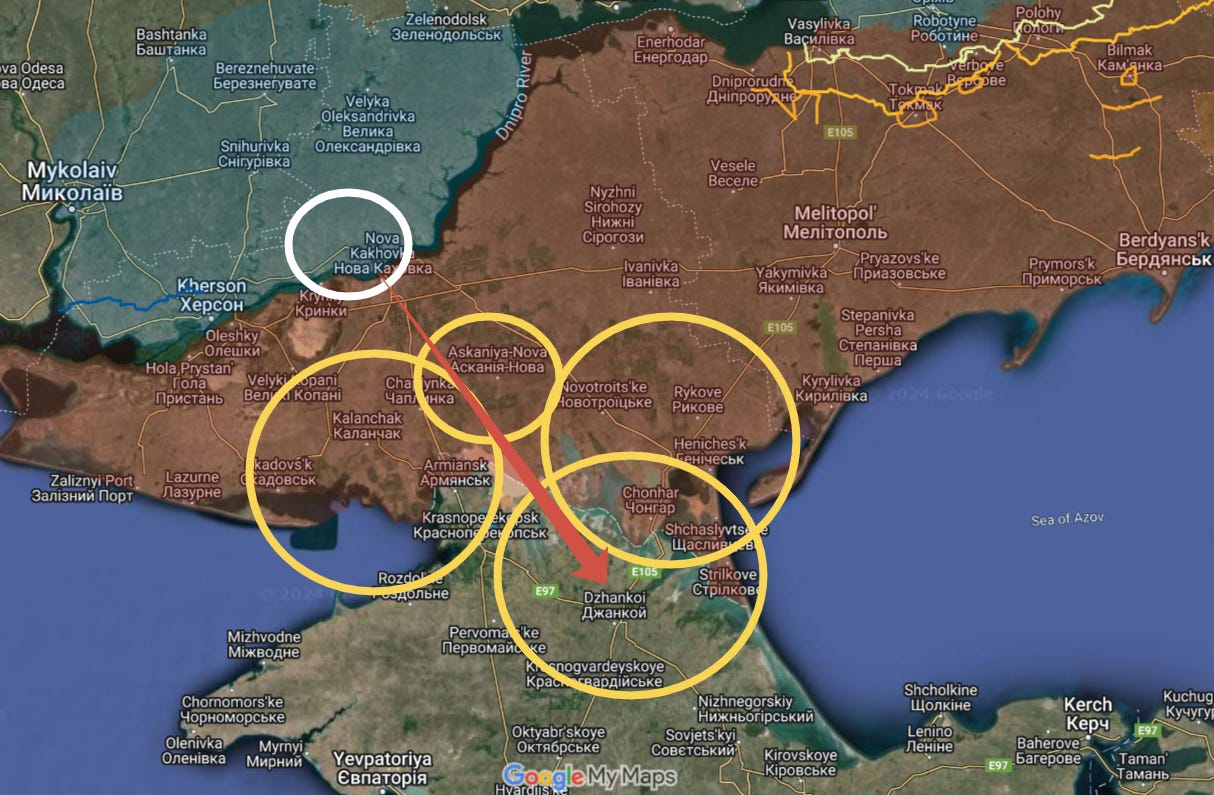
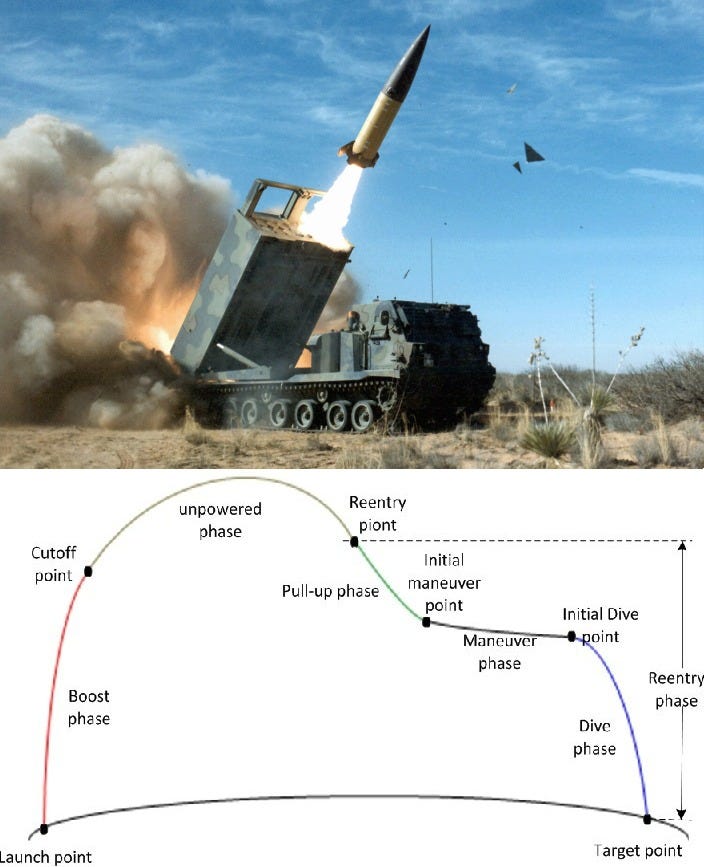
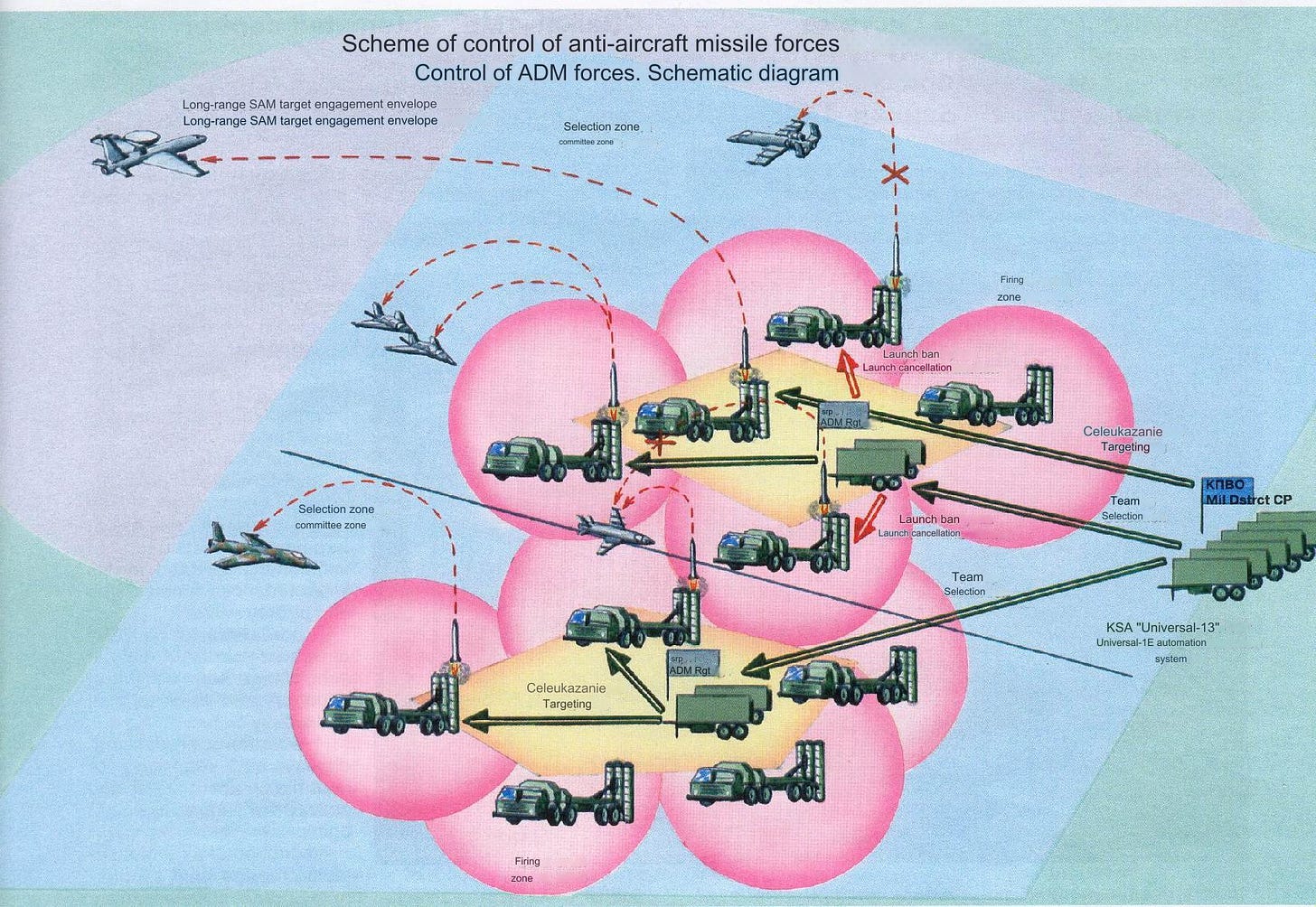

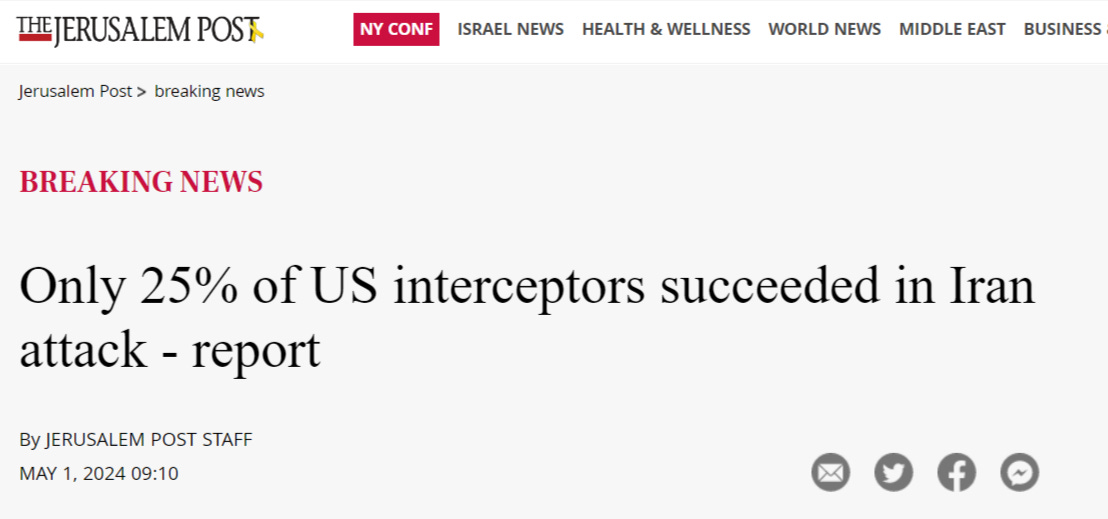
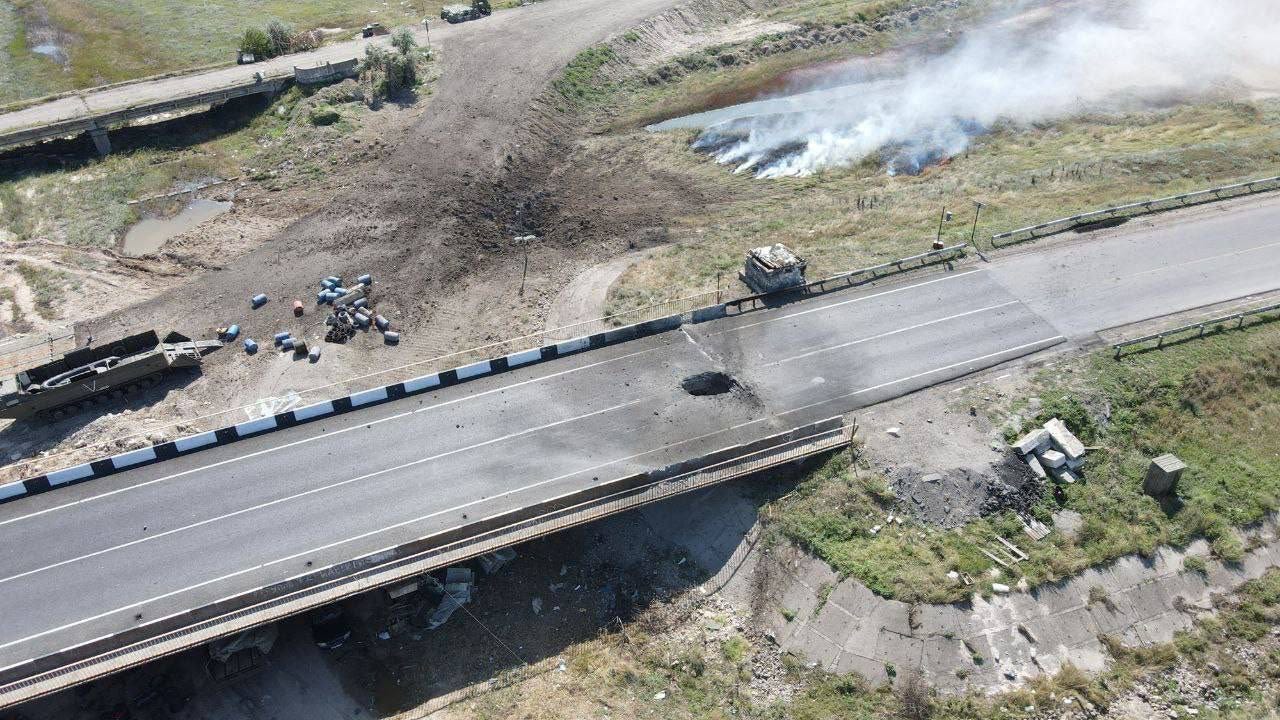

I like that Putin cares enough about society to shield them from the effects of the SMO. All this patience in dealing with the West's proxy war is also paying off.
Russia's economy and standing in the world are improving, while the West is sinking. The West keeps provoking, but Russia won't react the way they want and let them control how this goes along.
It seems that Russia knows the best revenge is living well.
So...It seems extremely likely that the SMO will be more or less concluded before any of these "pie in the sky" munitions reach the Ukraine...and the Ukrainians know it...I just read that 65% of the troops in the latest detachment sent for NATO training deserted after reaching the West...The whole army should be deserting..Why throw away lives, when their families need them?! End the killing, now..